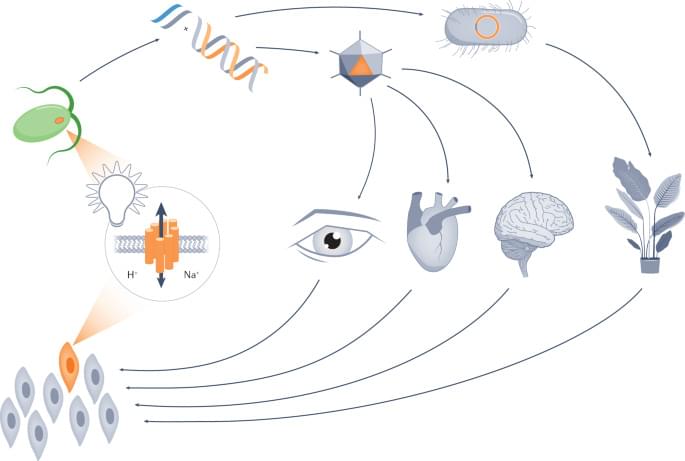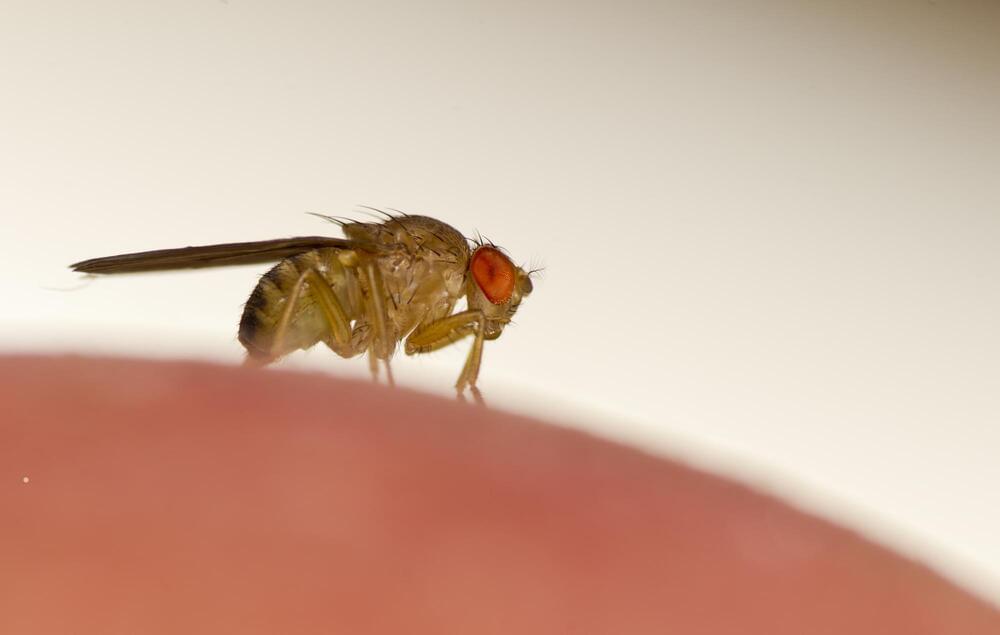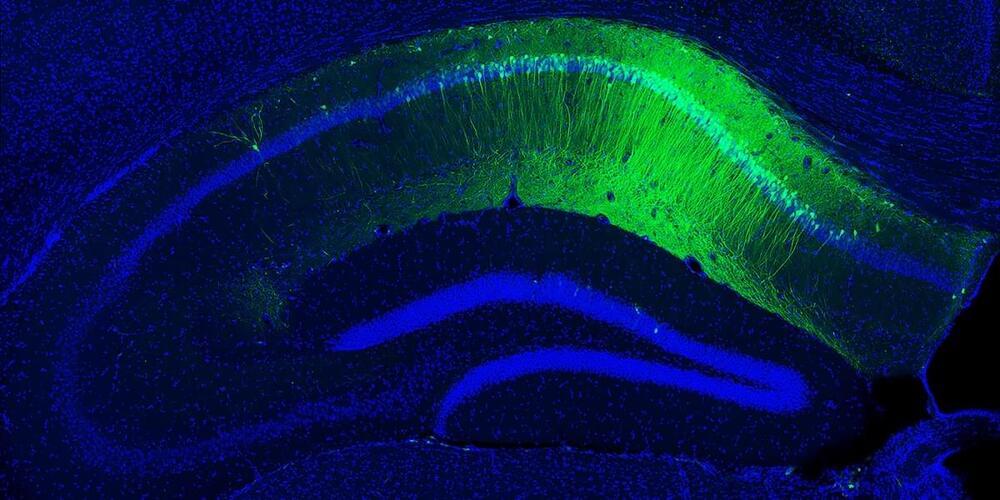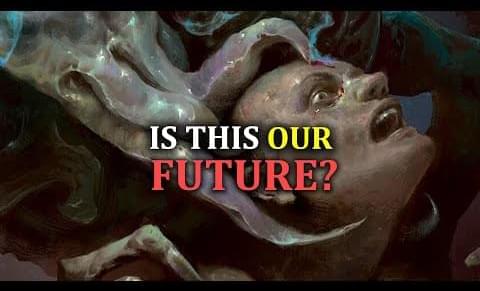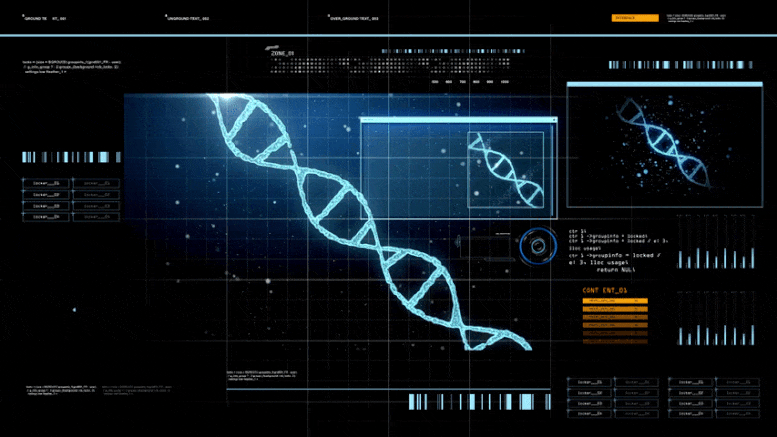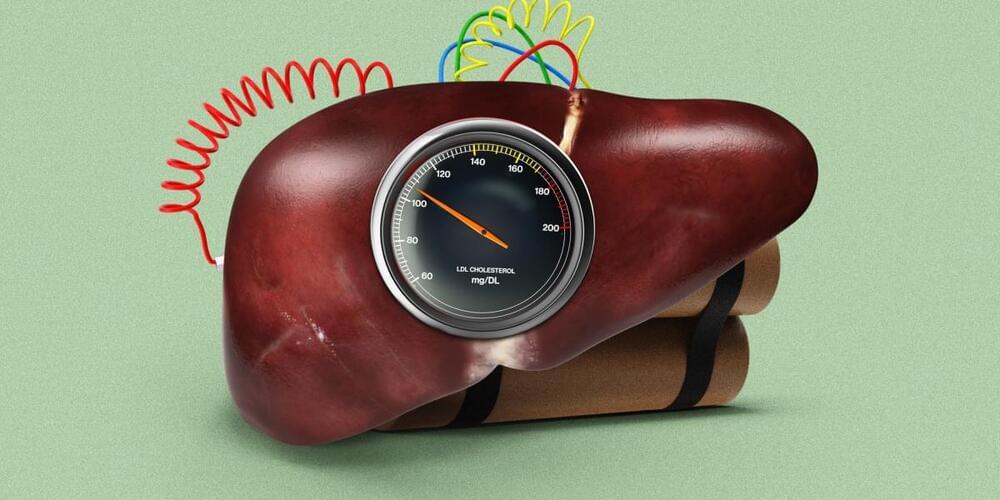Jul 22, 2022
Optogenetics for light control of biological systems
Posted by Jose Ruben Rodriguez Fuentes in categories: biotech/medical, genetics
Optogenetic techniques involve the introduction of photoreceptors into selected cells to allow control over their activity using light. In this Primer, Emiliani et al. discuss the most commonly used optogenetic tools, illumination approaches and applications in medicine, cardiovascular science and plants, among many other uses.
